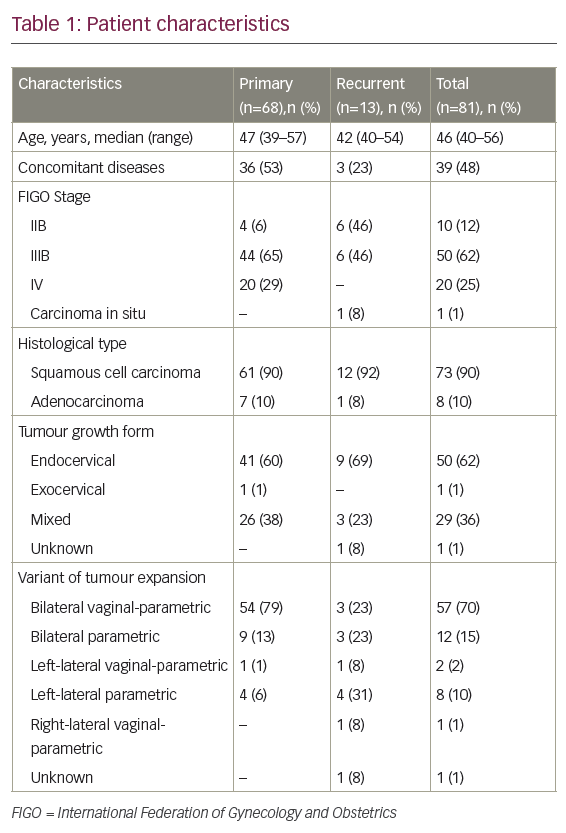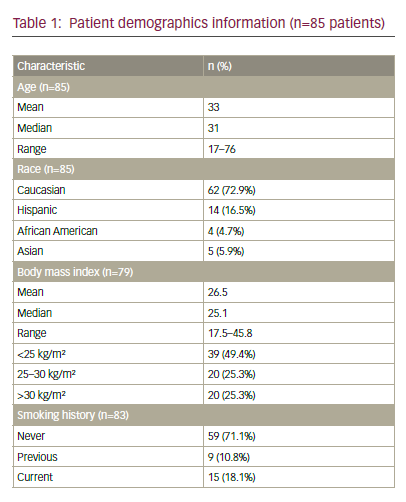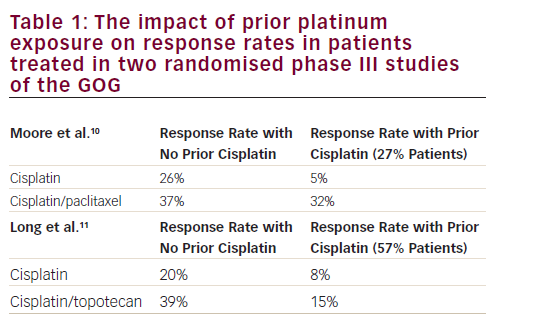Vaginal Self-collection in Human Papillomavirus Testing
Abstract
Overview
The data are now overwhelming that the most cost-efficient primary screen for women over the age of 30–35 should be a test for high-risk types of human papillomavirus. A self-collected sample expands coverage by overcoming many of the known obstacles to participation in a screening programme. In addition, self-sampling has the potential to be the most effective means to achieve high coverage rates in medically underserved regions of the world that lack the healthcare infrastructure to support traditional screening programmes. Self-collection combined with high throughput, low cost-per-case, polymerase chain reaction-based technology has the sensitivity of a direct endocervical sample obtained by a physician. Therefore, we have the technology to reach millions of women around the world in a short period of time through large ‘event-type’ screening programmes and centralised testing. Now we need to focus on developing the models that will enable us to efficiently place the technologies next to the women who need them the most.
Article
Further Resources
2. Share This

Trending Topic
Welcome to the latest issue of touchREVIEWS in Oncology & Haematology. We are honoured to present a series of compelling articles that reflect cutting-edge developments and diverse perspectives in this ever-evolving field. This issue includes a series of editorials and reviews from esteemed experts who provide insights into novel therapies and their potential to change […]
Related Content in Gynaecological Cancers

The treatment of advanced or recurrent endometrial cancer has advanced significantly in recent years. This is particularly important, given the rising mortality rates of endometrial cancer, particularly among high-risk subtypes.1 Platinum-based chemotherapy had long been the standard of care in ...

Cervical cancer (CC) remains one of the most frequent cancers in women, representing the fourth cause of neoplasia in women in terms of incidence, and has a high lethality rate.1 Indeed, worldwide 341,831 women die each year because of this disease, ...

Cervical cancer (CC) is the fourth most common female malignancy, with 640,127 new cases and 341,831 deaths in 2020 worldwide. Despite the introduction of screening programmes and vaccination campaigns, CC still represents one of the leading causes of cancer-related death in women.1 The ...

Endometrial cancer has become an increasingly significant cause of morbidity and mortality for women. Currently, endometrial cancer is the most common invasive gynaecologic malignancy, and the ninth most common cancer among women in the USA, accounting for approximately 65,620 new cancer ...

Worldwide, ovarian cancer is the seventh most common cancer and the eighth most common cause of cancer death in women.1 The GLOBOCAN study estimated there were 239,000 new cases in 2012 and 152,000 deaths due to this disease. There are nearly 600,000 women living ...

Gynecological malignancies can be difficult to treat. Ovarian cancer carries with it the worst prognosis of all gynecological cancers. Approximately 75% of patients with epithelial ovarian cancer are diagnosed with advanced disease which is curable only in a minority of cases, ...

Cervical cancer (CC) is a leading cause of cancer morbidity in women globally. In Europe, epidemiological data on CC incidence shows important differences between countries: from 3.6 per 100,000 women in Switzerland to 28.6 per 100,000 in Romania.1,2 In 2015 in the Republic of Belarus, ...

It is not by chance that this issue of European Oncology & Haematology is opened by an editorial from Suhag, dedicated to the oncological scenario in developing countries, warning that there is “little light at the end of the tunnel”. ...

Cervical adenocarcinoma in situ (AIS) is recognised as a premalignant glandular condition and is a precursor to invasive cervical adenocarcinoma.1 It usually affects women of childbearing age in which a more conservative approach is preferred.1–3 The incidence of both AIS ...

Worldwide, cervical cancer is the fourth most common cancer in women and seventh most common cancer overall. In 2012, approximately 528,000 new cervical cancer cases were diagnosed globally. Cervical cancer accounted for 7.5% of all female cancer deaths with approximately 266,000 deaths; the majority (87%) ...

Cervical cancer remains one of the leading causes of cancer-related morbidity and mortality worldwide, and is the fourth leading cause of cancer death in women.1 Human papilloma virus (HPV), particularly types 16 and 18, is significantly associated with subsequent development of cervical ...

Areader of 20 years ago could have hardly imagined many of the contents of this issue of European Oncology & Haematology. Twenty years ago, chronic myeloid leukemia (CML) was still treated with hydroxyurea, interferon and allogeneic stem cell transplantation, and multiple ...
Latest articles videos and clinical updates - straight to your inbox
Log into your Touch Account
Earn and track your CME credits on the go, save articles for later, and follow the latest congress coverage.
Register now for FREE Access
Register for free to hear about the latest expert-led education, peer-reviewed articles, conference highlights, and innovative CME activities.
Sign up with an Email
Or use a Social Account.
This Functionality is for
Members Only
Explore the latest in medical education and stay current in your field. Create a free account to track your learning.

